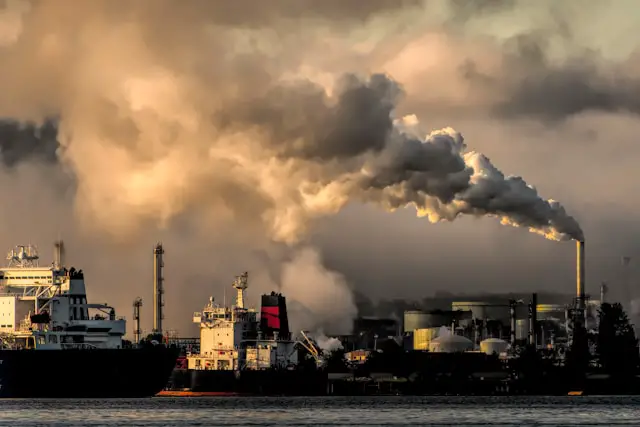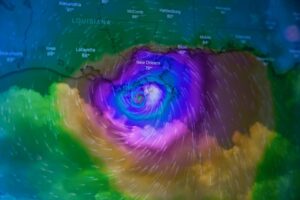The EPA’s Sweeping Reversal: America’s Fateful Step Away from Climate Protections
On July 29, 2025, the United States Environmental Protection Agency (EPA) announced a decision that could fundamentally reshape the nation’s environmental legacy: the rescinding of the 2009 Greenhouse Gas Endangerment Finding. For over a decade, this scientific determination has underpinned the EPA’s legal ability to regulate greenhouse gas emissions—from power plants and vehicles to factories and oil fields—on the basis that these emissions threaten public health and welfare.
Now, with one bureaucratic stroke, the agency is poised to disarm America’s primary legal mechanism for fighting climate change. Announced under the Trump administration, and led by EPA Administrator Lee Zeldin, the move has been branded as “the largest deregulatory action in American history.” Zeldin and EPA leadership claim that the links between greenhouse gases and public health have been overstated, recasting the scientific consensus as open to debate and characterizing climate change as an ideology rather than evidence-based science.
The implications are staggering and far-reaching. The 2009 Endangerment Finding was a product of years of scientific research and public input. It established, citing mountains of peer-reviewed data, that emissions of carbon dioxide, methane, and other greenhouse gases are major contributors to global warming—a crisis that amplifies wildfires, droughts, hurricanes, and flooding, all while inflicting billions in economic damages and endangering American lives.
With its reversal, the EPA is opening the door to:
- The potential repeal of vehicle tailpipe emissions standards, threatening progress on cleaner, more efficient cars and trucks.
- The unraveling of power plant pollution rules, which have stymied the worst air pollutants from coal and gas-fired electricity.
- Weakening of methane regulations, unleashing more potent warming gases into the atmosphere.
- Broad uncertainty in both state and local government action, as the federal government’s leadership is called into question.
The reaction has been swift and severe. Leading climate scientists and public health experts have condemned the reversal, calling it an act of willful negligence in the face of a mounting global crisis. “This move ignores the mountains of scientific evidence linking greenhouse gas emissions to extreme weather, diseases, and countless lost lives,” said Dr. Linda Martinez, a public health researcher with the National Institutes of Health. Groups like the Sierra Club, Natural Resources Defense Council, and scores of state attorneys general are preparing extensive legal challenges, vowing that the EPA’s action will not stand unopposed.
Public health organizations have also weighed in, citing increased asthma attacks, heat-related illness, and deaths from chronic air pollution as predictable—and preventable—consequences. They warn that marginalized and lower-income communities, already bearing the brunt of industrial pollution and climate disasters, will suffer most from this deregulation.
Why now? The decision comes amid a backdrop of mounting evidence of climate change’s toll:
- Record-breaking heatwaves have swept the Midwest and South in early 2025.
- Wildfires have torched hundreds of thousands of acres in California, Oklahoma, and Texas.
- Floods and storms continue to batter coastlines and river valleys, causing extensive property loss and dislocation.
Meanwhile, the EPA’s justification for rescinding the finding fails to acknowledge the global scientific consensus reflected in the UN’s Intergovernmental Panel on Climate Change (IPCC) and decades of U.S. research. Instead, agency statements cite “regulatory overreach” and accuse prior administrations of politicized science.
The stakes could not be higher. With the reversal, the United States, historically the world’s largest emitter of carbon pollution, risks abdicating its leadership at a pivotal moment. International partners have already expressed concern, warning that U.S. backtracking could undermine global climate agreements and embolden other countries to slow their own climate commitments.
What comes next? In the weeks and months to follow, the issue will play out in courtrooms, Congressional hearings, and public protest. Scientists are redoubling their efforts to communicate the overwhelming evidence of human-caused climate change. Youth-led activists are organizing nationwide rallies for climate action and government accountability.
But at its core, the story of the EPA’s move is the story of choice: whether America will rise to the urgent challenge posed by climate change, or shrink from responsibility in a critical moment of history. As the consequences of a hotter, more volatile planet become clearer with each passing season, the decision made this July may echo for generations.







